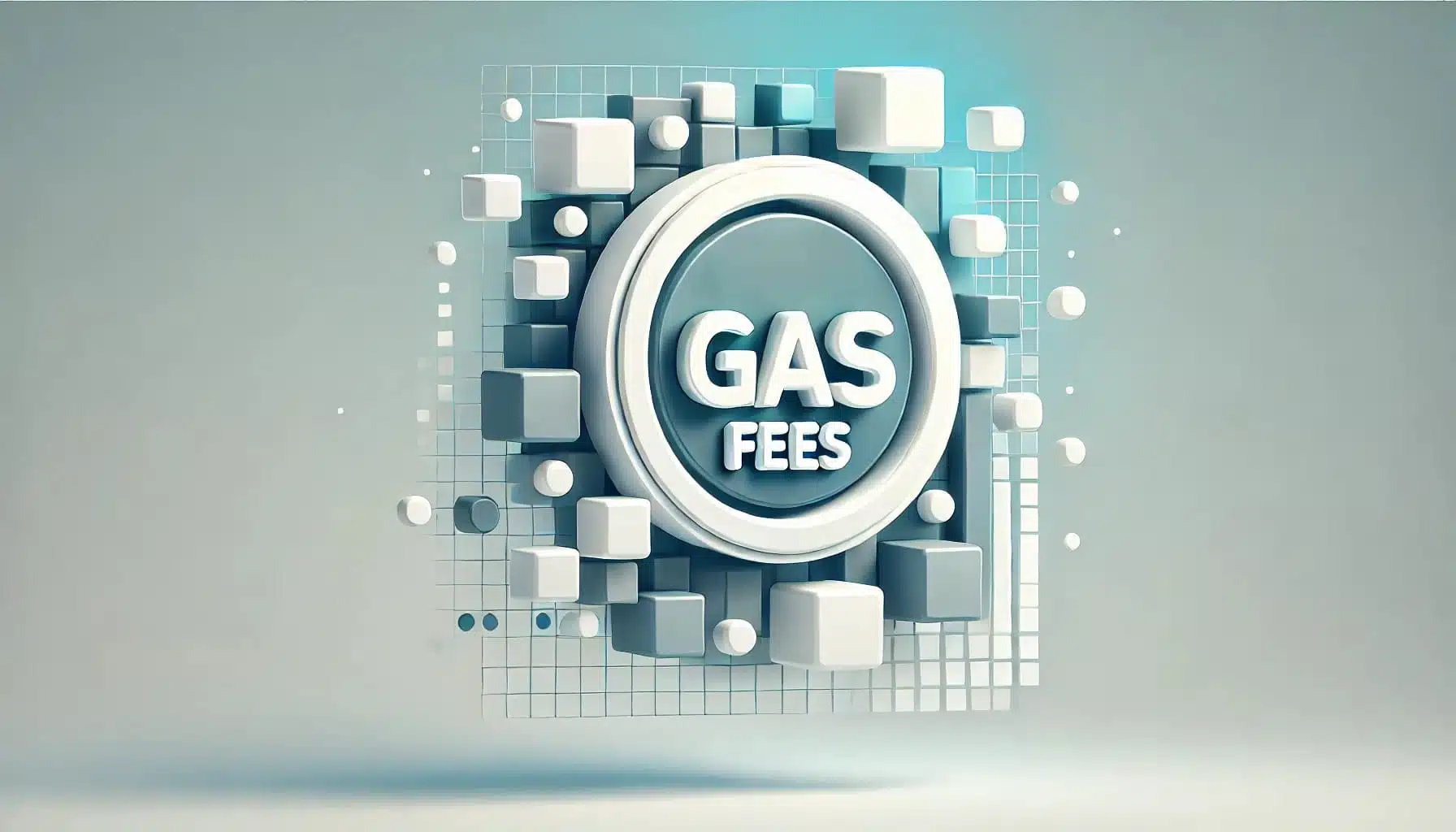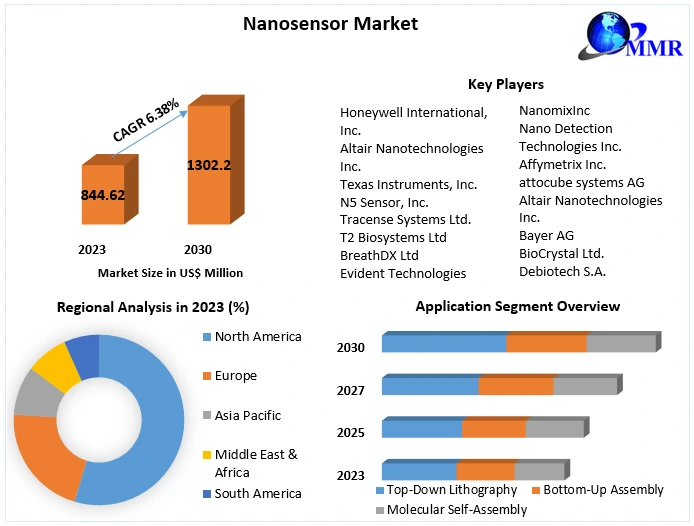Understanding Gas Fees in Blockchain: What You Need to Know
What Are Gas Fees?
Gas Fees In simple terms, gas fees are the transaction fees users pay to compensate for the computing power required to process and validate transactions on the blockchain. Think of gas fees as a service charge for utilizing the blockchain network, ensuring that transactions are carried out efficiently.
Why Do Gas Fees Exist?
Gas fees play several critical roles in the blockchain ecosystem:
- Compensating Miners: Gas fees reward miners for validating and adding transactions to the blockchain. This is essential to maintain the security and functionality of the network.
- Preventing Spam: Since a fee is charged for each transaction, it helps deter malicious activity or unnecessary transactions, which could clog the network.
- Regulating Network Traffic: Gas fees can also help manage network congestion. During times of high demand, higher fees ensure that transactions are prioritized based on the amount users are willing to pay.
How Are Gas Fees Calculated?
Gas fees can fluctuate significantly depending on several factors:
- Network Demand: During periods of high demand—such as when major market movements or popular events occur—gas fees tend to rise as more users compete for transaction space.
- Transaction Complexity: More intricate transactions, like those involving smart contracts, require additional computational resources, which results in higher gas fees.
- Gas Price and Gas Limit: Gas fees are calculated using two key factors:
- Gas Price: This is the price, typically measured in Gwei, that you are willing to pay per unit of gas.
- Gas Limit: This is the maximum amount of gas you’re willing to use for a transaction.
The total gas fee is the result of multiplying the gas price by the gas limit.
Managing Gas Fees
To manage gas fees effectively, users can monitor network demand, optimize transaction complexity, and adjust gas price and gas limit settings. During periods of high demand, adjusting these settings can help reduce the cost of transactions, but users may have to wait longer for confirmation if they set the price too low.
In conclusion, understanding and managing gas fees is a critical aspect of navigating blockchain networks. By knowing what influences these fees, you can make informed decisions and optimize your blockchain experience.
Managing Gas Fees: Strategies for Reducing Blockchain Transaction Costs
For many blockchain users, particularly newcomers, gas fees can be intimidating. However, with the right strategies, these costs can be minimized. Here are several ways to manage and reduce gas fees effectively:
1. Choose the Right Time
Gas fees fluctuate based on network demand. Transactions tend to be cheaper during off-peak hours when there is less congestion on the network. Tools like Ethereum Gas Station can help you track real-time gas prices and identify the best times to make transactions.
2. Adjust Gas Price
If your transaction isn’t urgent, you can set a lower gas price. Keep in mind, though, that this may result in slower processing times as your transaction may be placed at the back of the queue. If you are in no rush, this can be a cost-effective option.
3. Optimize Transactions
Minimize the complexity of your transactions whenever possible. For instance, try to combine multiple transactions into a single one. Additionally, simplifying smart contracts can also reduce gas usage, helping you save on fees.
4. Use Layer 2 Solutions
Layer 2 solutions, such as Polygon and Optimism, can significantly reduce gas fees. These platforms process transactions off the main Ethereum chain, easing congestion and lowering costs, while still ensuring the security of the blockchain.
5. Stay Informed
The blockchain ecosystem is constantly evolving, with regular updates to protocols and optimizations designed to reduce gas fees. Staying informed about these developments will allow you to take advantage of more efficient and cost-effective transaction methods.
Impact of Gas Fees on the Blockchain Ecosystem
Gas fees play a crucial role in shaping the blockchain ecosystem. High gas fees can discourage new users and limit the adoption of decentralized applications (dApps), while lower, more predictable fees tend to attract more users and developers. Thus, the structure of gas fees influences the overall accessibility and user experience of blockchain technology.
The Future of Gas Fees
The blockchain community is actively working on solutions to optimize and reduce gas fees. Ethereum’s transition to Ethereum 2.0 is a major step in this direction. By shifting to a proof-of-stake model, Ethereum aims to lower gas fees and improve scalability. Additionally, the continued development of Layer 2 solutions and alternative blockchain platforms provides users with more options and potentially lower transaction costs.
Final Thoughts
Gas fees are a fundamental part of the blockchain ecosystem, ensuring the network’s security and efficient use of resources. Understanding how gas fees work and implementing strategies to manage them can enhance your blockchain experience. By staying informed and utilizing the available tools and solutions, you can navigate the complexities of gas fees and optimize your cryptocurrency transactions.
For more tips and insights on navigating the world of Web3 and cryptocurrencies, check out other informative blogs at Freecoins24.io and stay updated by following us on Twitter and Telegram.








